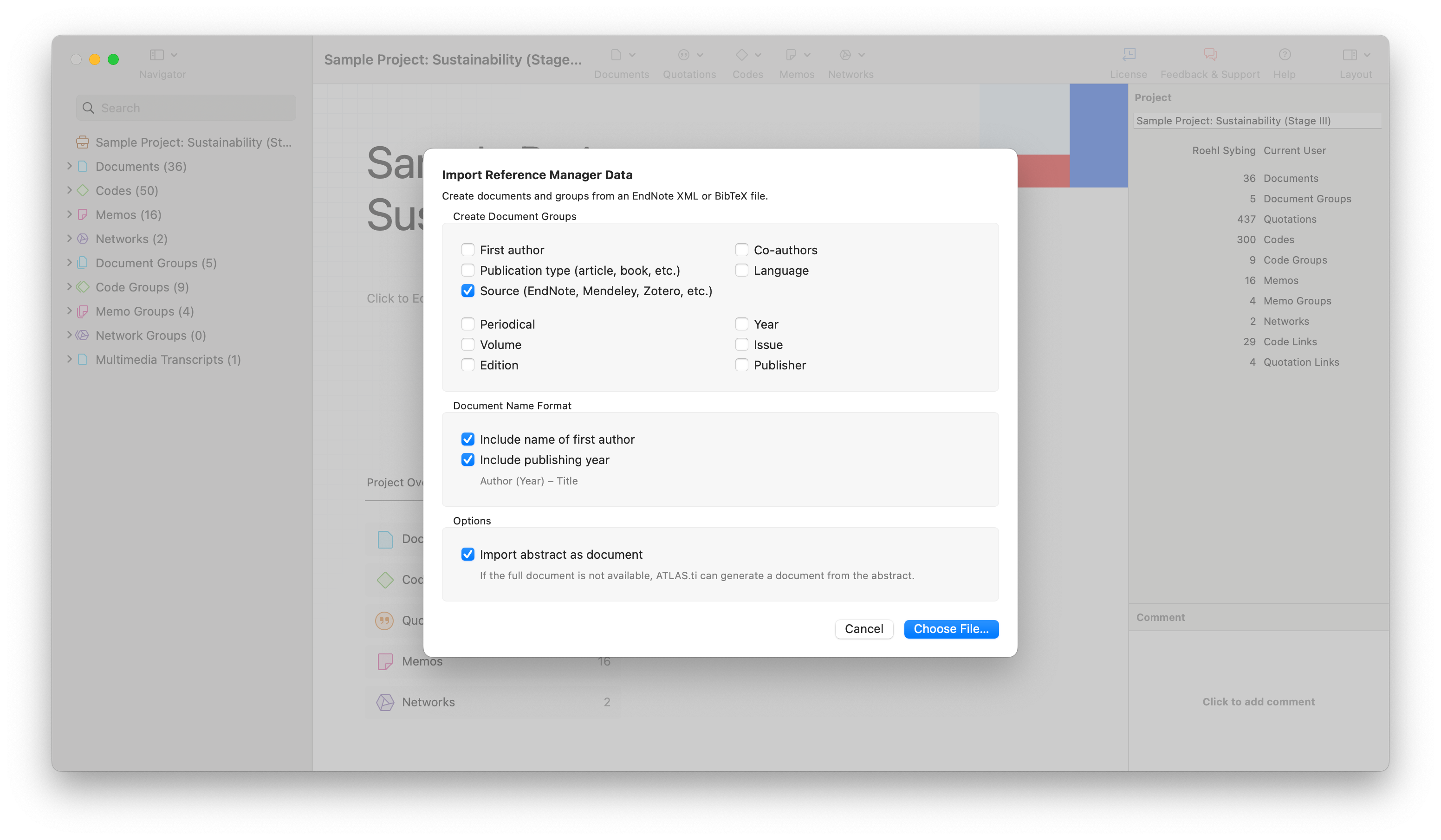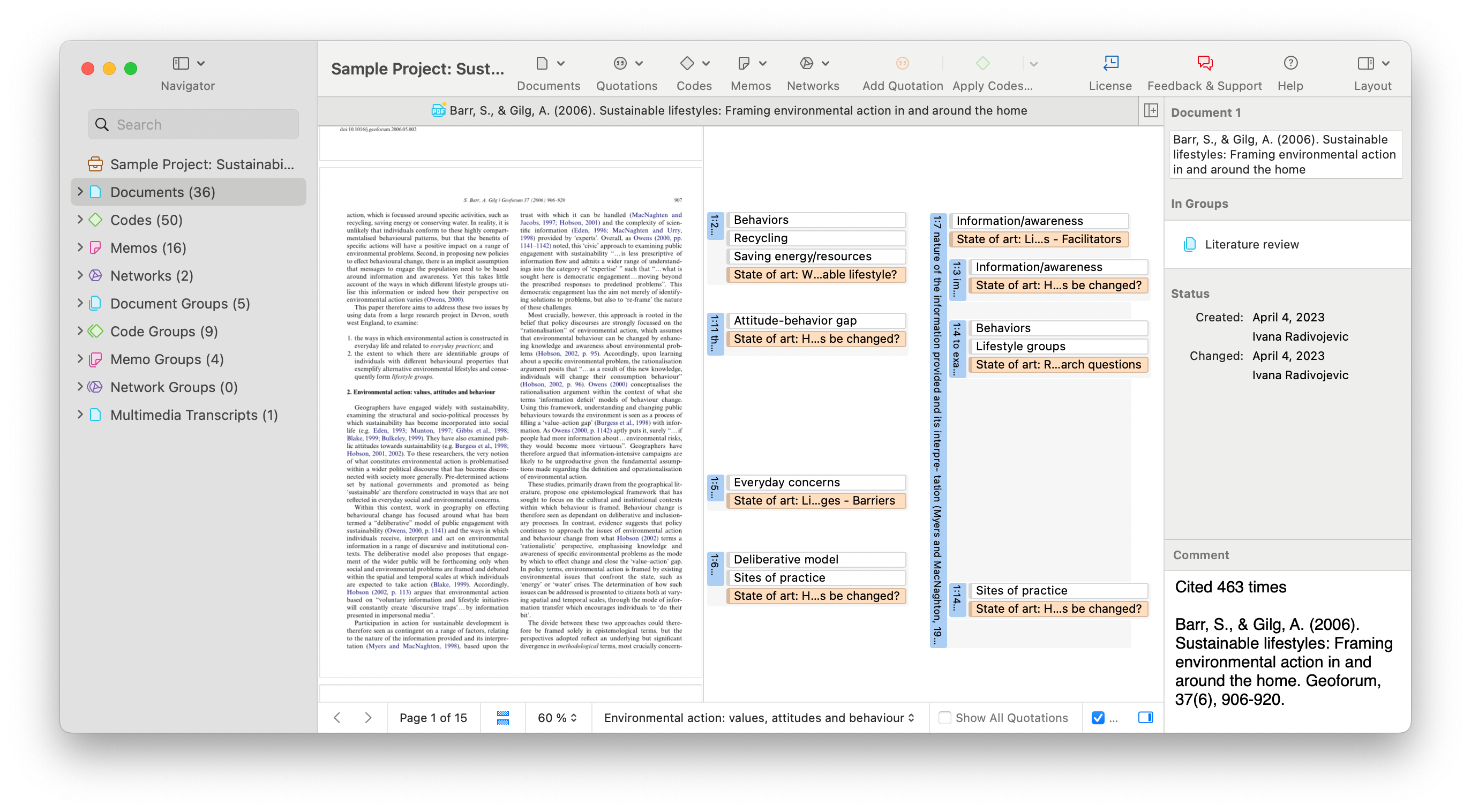What’s the difference between a reference manager and a citation manager?
The terms “reference manager” and “citation manager” often converge in their functionality, but they originated with distinct purposes. A reference manager is a comprehensive system that stores bibliographic information, allowing for the organization, annotation, and retrieval of references.
Citation managers, on the other hand, focus on inserting citations into written work and formatting bibliographies according to various style guides. Modern reference management software, however, tends to encapsulate both functions, presenting an all-in-one solution that assists researchers from the point of gathering sources to the final citation process in a document.
The software streamlines the meticulous task of citation formatting, adapting to numerous citation styles such as APA, MLA, or Chicago, often with just a few clicks. Integration with word processors enhances its utility, enabling the “cite-while-you-write” feature, which automatically inserts in-text citations and updates bibliographies in real time.
For researchers juggling a plethora of articles, books, and digital content, reference management software becomes a central hub for all things citation-related. It can dramatically cut down the time spent on formatting and re-formatting references, which allows researchers to invest more time in the actual research and analysis. Whether managing a small project or a comprehensive systematic review, the software provides a structured and reliable method for handling the scholarly information essential for academic success.
Using ATLAS.ti as research management software
ATLAS.ti serves as a comprehensive research management software, particularly beneficial in qualitative analysis. Its utility extends into the domain of reference management, where it can be used to import, organize, and analyze bibliographic data. This comprehensive approach allows for an in-depth engagement with the literature that underpins a research project.
Collecting references
In the initial phase of research, ATLAS.ti helps in systematically organizing collected references. Literature and other sources of information, including audiovisual files, can be imported and managed in ATLAS.ti.
The software can be used to organize these references in a way that aligns with the overarching themes and categories of the research project. Researchers can tag and annotate entries, enriching the bibliographic data with insights and notes pertinent to their analysis.
Importing references
The process of importing references into ATLAS.ti is designed to be intuitive and accommodates data from various reference managers. Researchers often begin with references organized in software like Zotero or EndNote. ATLAS.ti can import data from these programs, through EndNote XML files or bibtex files, which permits researchers to import references from just about any reference manager software.

Once the data is imported, ATLAS.ti allows for the integration of these references into the qualitative data analysis workflow. This integration enables researchers to draw direct connections between their source materials and the evolving themes and patterns in their data. If you have already highlighted or written comments on the PDFs of your literature sources, these will also be automatically imported and conveniently converted into quotations and comments so you can pick up right where you left off.
Analyzing references
ATLAS.ti facilitates a deeper analysis of references. It goes beyond mere cataloging by allowing researchers to interact with the content of their sources. The literature can be read and manually analyzed, and researchers can also harness of a range of AI-powered tools to automatically analyze aspects of their literature. Data analysis tools can also be used to create visual displays of the literature.
References can be coded, and annotations can be added, making it possible to integrate the literature review directly with the data analysis. This creates a dynamic library where references are not static but are active components of the research process.

Citing references
ATLAS.ti can prepare researchers for the citation process by organizing references in conjunction with their qualitative data. The insights garnered from the integration of reference management and data analysis within ATLAS.ti can then be translated into academic writing.
For the actual citation, researchers can export a list of references from ATLAS.ti for use in papers and presentations. Comments can be written on documents to include supplementary information such as citations and then exported as a spreadsheet or text document.

